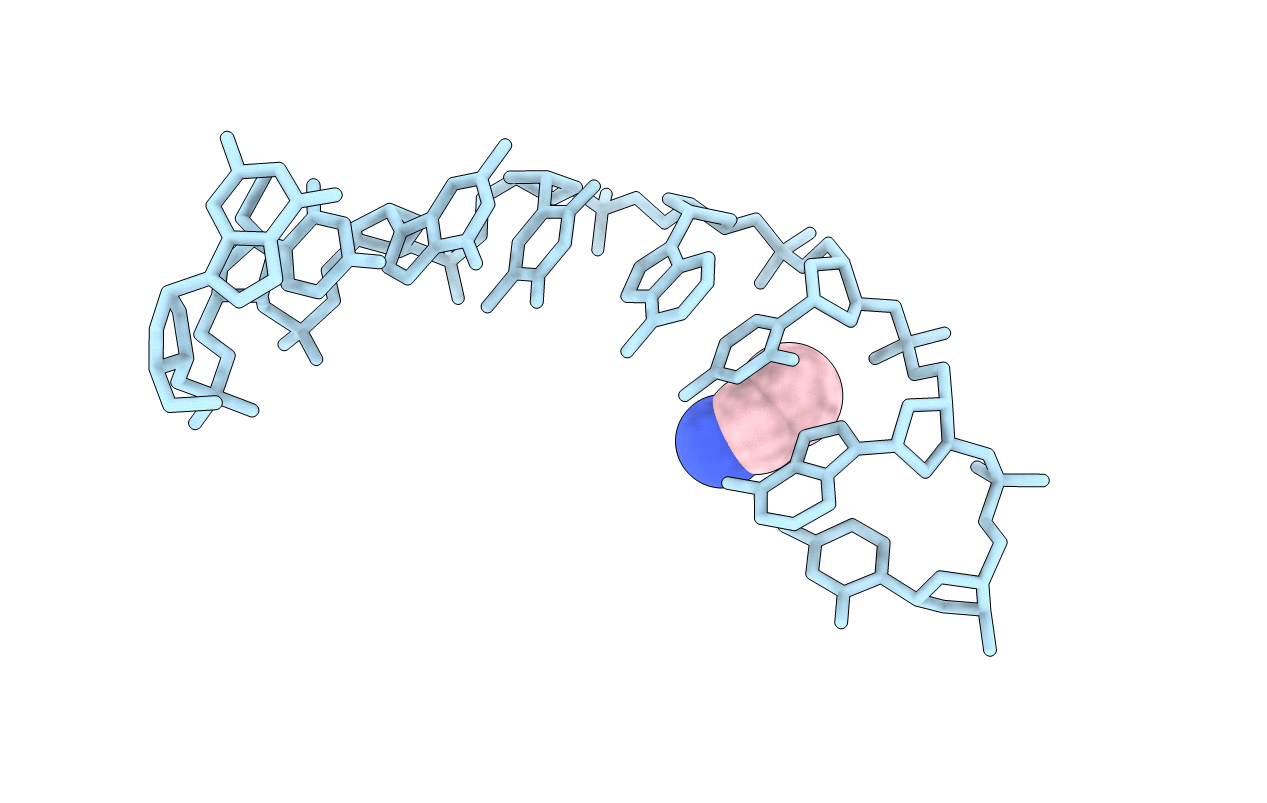
Deposition Date
2005-03-24
Release Date
2005-04-05
Last Version Date
2024-02-14
Entry Detail
Biological Source:
Method Details:
Experimental Method:
Resolution:
1.28 Å
R-Value Free:
0.2
R-Value Work:
0.17
R-Value Observed:
0.17
Space Group:
P 43 21 2


